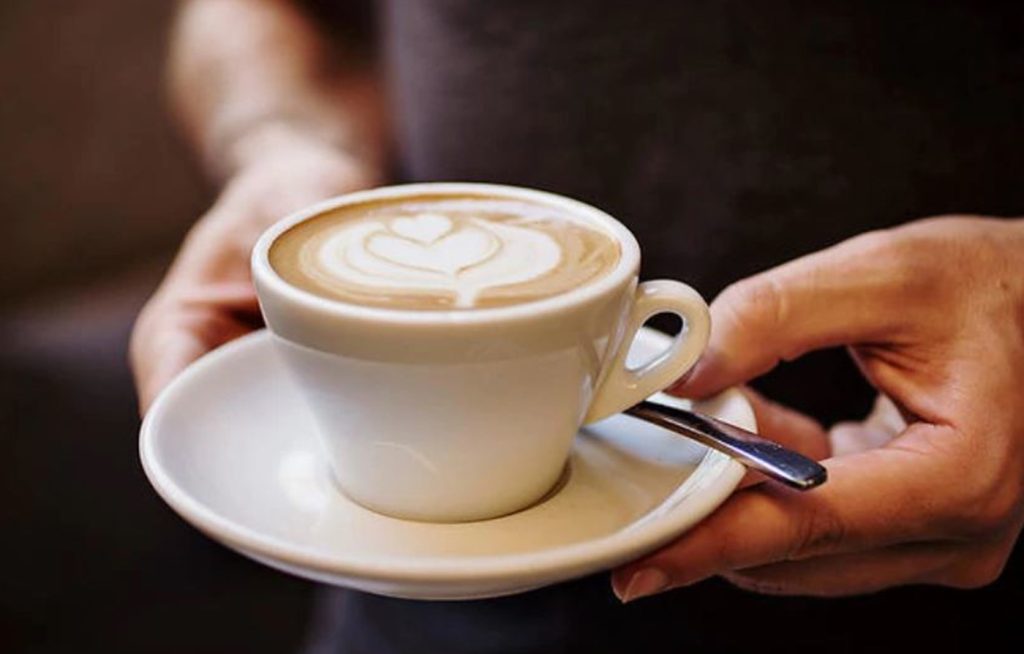
While cacao and coffee both provide morning pick-me-ups, each has unique origins, flavors, caffeine content, and preparations. Understanding key distinctions as well as surprising commonalities can boost appreciation of these beloved brewed beverages. Read on for an overview of the differences and similarities between chocolate’s cacao and coffee’s coffea.
The plants responsible for cacao and coffee have distinct histories and properties. Cacao derives from the rainforest trees Theobroma cacao, whose seeds become cocoa beans for chocolate production. Meanwhile, Coffea trees from tropical Africa and Asia produce the coffee cherries that yield the beans we roast, grind and brew into coffee.
In their raw forms, cacao and coffee beans couldn’t look more different. Cacao beans are large, plump and vary from creamy white to dark purple hues. Coffee beans are actually seeds within red coffee cherries, and turn yellow, then brown upon drying prior to roasting. Despite appearances, both contain compounds that supply characteristic flavors as well as caffeine.
Speaking of caffeine, the stimulant content in cacao versus coffee products differs dramatically. Cacao beans contain very little caffeine – only around 0.1%. Even dark chocolate contains far less caffeine than coffee. An average cup of coffee clocks in around 95-200 mg caffeine, while dark chocolate has 12-35 mg per ounce.
When it comes to flavor, cacao and coffee each offer vast spectrum. Cacao flavor ranges from fruity, nutty and floral in criollo and trinitario varieties to more classic chocolate and cocoa notes. Coffee features over 800 aromatic compounds spanning citrus, herbal, nutty, spicy and beyond depending on origin and roast.
Both cacao beans and coffee beans require extensive processing to become the products we consume. Cacao beans are fermented, dried, roasted and ground into chocolate liquor from which cocoa solids and cocoa butter are extracted and blended back. Coffee cherries get dried, hulled then roasted to bring out aroma before grinding.

The traditional and modern preparations of cacao and coffee also differ…but have some common threads.
Cacao was historically made into thick, foamy beverages for Aztec royalty and Mayan rituals. Today, quality dark chocolate reigns supreme.
Coffee originated in Yemen, brewed from roasted beans in the 1300s. Now specialty cafes pull intricate espresso drinks.
Though they hail from different parts of the world, both cacao trees and coffea trees thrive in tropical regions with warm, humid climates and well-drained soil. They also face similar sustainability challenges like fungi, disease, climate change and economic viability for farmers.
While coffee and chocolate feature unique flavor profiles, the rise of mocha drinks, cocoa-dusted espresso beverages and chocolate-covered coffee beans speaks to an affinity between the two. Culinary experimentation continues to intertwine cacao and coffee in interesting ways.
There’s no denying cacao and coffee offer distinct experiences – chocolate’s creamy decadence versus coffee’s pick-me-up in endless forms. But their histories also share surprising common threads, from tree genetics to processing methods. So while they satisfy cravings differently, together they create something exceptional.
Understanding cacao and coffee similarities as well as differences allows fuller appreciation of their journeys from bean to bar to cup. Whether you prefer one or both, embrace these complex gifts of nature.
